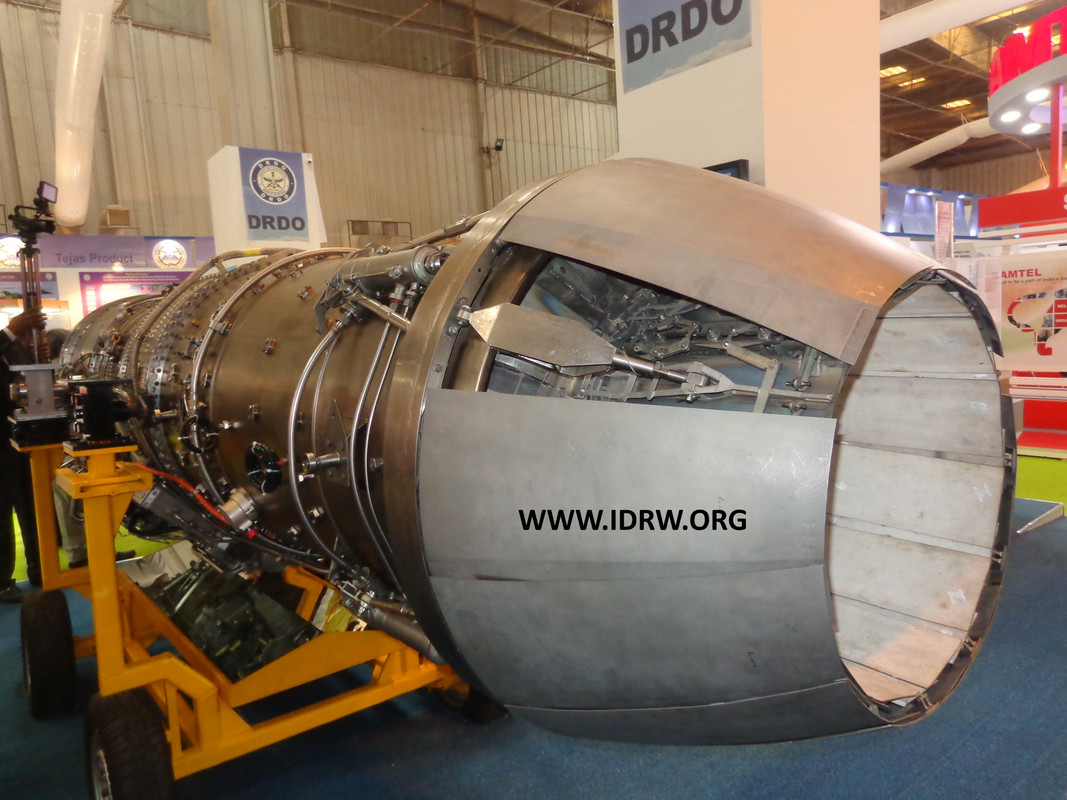SOURCE: RAUNAK KUNDE / NEWS BEAT / IDRW.ORG

The Gas Turbine Research Establishment (GTRE) is gearing up for a crucial phase in the development of the Dry Kaveri engine, a milestone that could pave the way for an advanced version – the Kaveri 2.0. Over the next couple of months, GTRE is set to receive the newly built Dry Kaveri engine, which will undergo ground trials in India before moving on to the final validation stage at Russia’s Gromov Flight Research Institute (GFRI).
The Dry Kaveri engine has undergone rigorous testing, including combustion stability trials in India and high-altitude tests at Russia’s Baranov Central Institute of Aviation Motor Development in February 2023. With these essential validations completed, GTRE is now poised to take the next steps in advancing the engine’s capabilities.
In a strategic move, the Defense Research and Development Organization (DRDO) inked a deal with Godrej Aerospace in September 2022 to manufacture eight Kaveri engines. This move is aimed at conducting additional trials, aiming for the completion of all tests by 2025. The goal is to demonstrate the Dry Kaveri’s potential on an LCA-Tejas platform, paving the way for the development of new Wet Components, also known as the Afterburner module.
GTRE’s plan involves limited technology demonstration on the LCA-Tejas platform to secure additional funds from the Ministry of Defence (MoD) for the development of an enhanced Afterburner module. The current Dry Kaveri can generate a 48 kN dry engine thrust, but with an established afterburner, it is expected to reach 73-75 kN – not sufficient for powering the LCA-Tejas Mk1A fleet.
To bridge this gap, GTRE is diligently working on a new Afterburner with improved metallurgy. Sources familiar with the program suggested to idrw.org that this redesigned module will generate around 83-85kN thrust, placing it in the league of the American F-404 IN-20 engines currently powering the LCA-Tejas Mk1A fleet.
If GTRE successfully develops the Kaveri 2.0 with 83-85kN thrust or higher, it could potentially replace the current F-404 IN-20 engines on the LCA-Tejas Mk1A fleet. Each unit of the LCA-Tejas Mk1A aircraft has a lifespan of nearly 40 years, requiring a new engine around a decade after induction into the Air Force.
The current Dry Kaveri is also anticipated to power India’s first stealth Unmanned Combat Aerial Vehicle (UCAV) known as Ghatak. As the certification of the Dry Kaveri is projected to be completed by 2025-26, the limited demonstrations onboard older LCA-Tejas prototypes will likely instill confidence in the grant of additional funds, ensuring the continued progress of this ambitious program. The potential success of the Kaveri 2.0 could mark a significant stride in India’s indigenous aerospace capabilities.
NOTE : Article cannot be reproduced without written permission of idrw.org in any form even for YouTube Videos to avoid Copy right strikes. Websites doing illegal reproductions will get DCMA and Legal Notices.